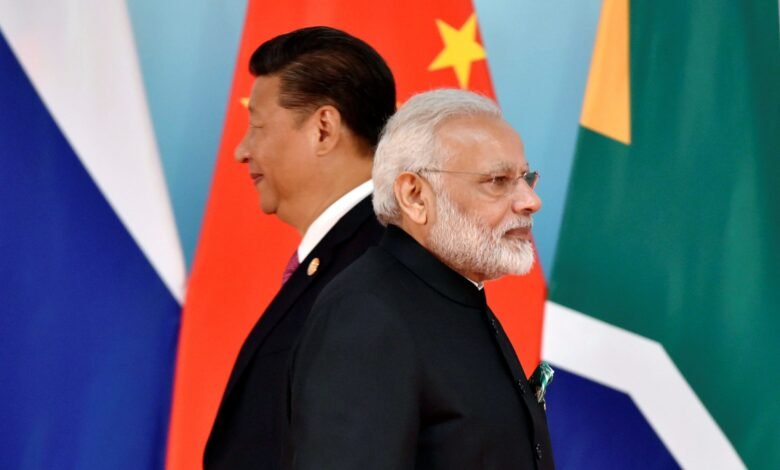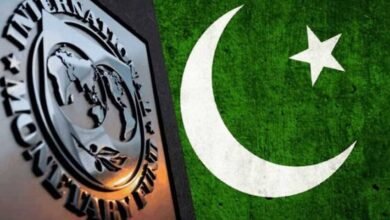India’s Waning Influence in South Asia: How China Is Winning Bangladesh, Maldives, Sri Lanka & Nepal

Key Takeaways
-
Shift in South Asian geopolitics: Once-friendly neighbors are pivoting from New Delhi to Beijing.
-
China’s economic leverage: Belt and Road Initiative (BRI) loans, ports, and infrastructure lure cash-strapped governments.
-
Political upsets: Pro-India leaders have fallen in Bangladesh, Maldives, Sri Lanka, and Nepal—opening doors to China.
-
Strategic costs for India: New Delhi must spend more diplomatic and financial capital at home before it can project power abroad.
1. Bangladesh: From Awami League to China-First
-
Sheikh Hasina Ousted: Mass protests toppled the pro-India Awami League government in 2024.
-
Interim Rule of Muhammad Yunus: Dhaka has embraced Beijing’s billions in infrastructure aid while anti-India sentiment soars.
-
Diplomatic Blow: India’s decision to grant Hasina asylum further fuels Bangladeshi resentment.
2. Maldives: “India Out” Becomes Policy
-
Mohamed Muizzu Landslide (2024 & 2025): Campaign slogan “India Out” resonated with voters.
-
Beijing’s Leverage: Maldives seeks debt relief and fresh financing; a long-stalled China-Maldives Free Trade Agreement could finally be ratified.
-
Indian Ocean Stakes: Western and Indian diplomats warn of a potential Chinese outpost on critical east-west sea lanes.
3. Sri Lanka: Leftist NPP Tilts to Beijing
-
NPP Shock Victory (2024): Anura Dissanayake wins presidency and parliament.
-
Pro-China Rhetoric: Government praises Beijing’s economic model, hosts CCP-backed rallies, and pursues deeper BRI funding.
-
Balancing Act: Colombo still signed a 2025 defense pact with India—yet clearly prefers Chinese cash.
4. Nepal: K.P. Sharma Oli’s Red Reboot
-
Oli Returns (2024): Communist Party leader skips New Delhi and visits Beijing first.
-
Military & BRI Ties: Resumes joint drills with China and accelerates Belt & Road projects.
-
Anti-India Legacy: Oli’s earlier term saw severe rifts with New Delhi—history now repeats.
5. Pakistan: China’s Long-Term Ally
-
Military Edge: Islamabad deploys modern Chinese J-10C fighters, air-to-air missiles, and surveillance tech.
-
Strategic Depth: China-Pakistan Economic Corridor (CPEC) remains the flagship BRI project, solidifying Beijing’s foothold on India’s western flank.
Why This Matters for New Delhi
-
Resource Drain: India must divert more funds and diplomacy to its immediate neighborhood.
-
Power Projection Limits: With neighbors leaning toward Beijing, India’s influence in the Indo-Pacific and multilateral forums is constrained.
-
Competitive Environment: China’s checkbook diplomacy challenges India’s traditional dominance across the subcontinent.
Bottom Line
India is still the world’s fastest-growing major economy and a crucial U.S. partner, but losing its South Asian backyard to China weakens New Delhi’s strategic reach. To remain a regional hegemon, India must rapidly recalibrate—offering competitive financing, deeper trade ties, and soft-power engagement—to win back the trust of its closest neighbors.





